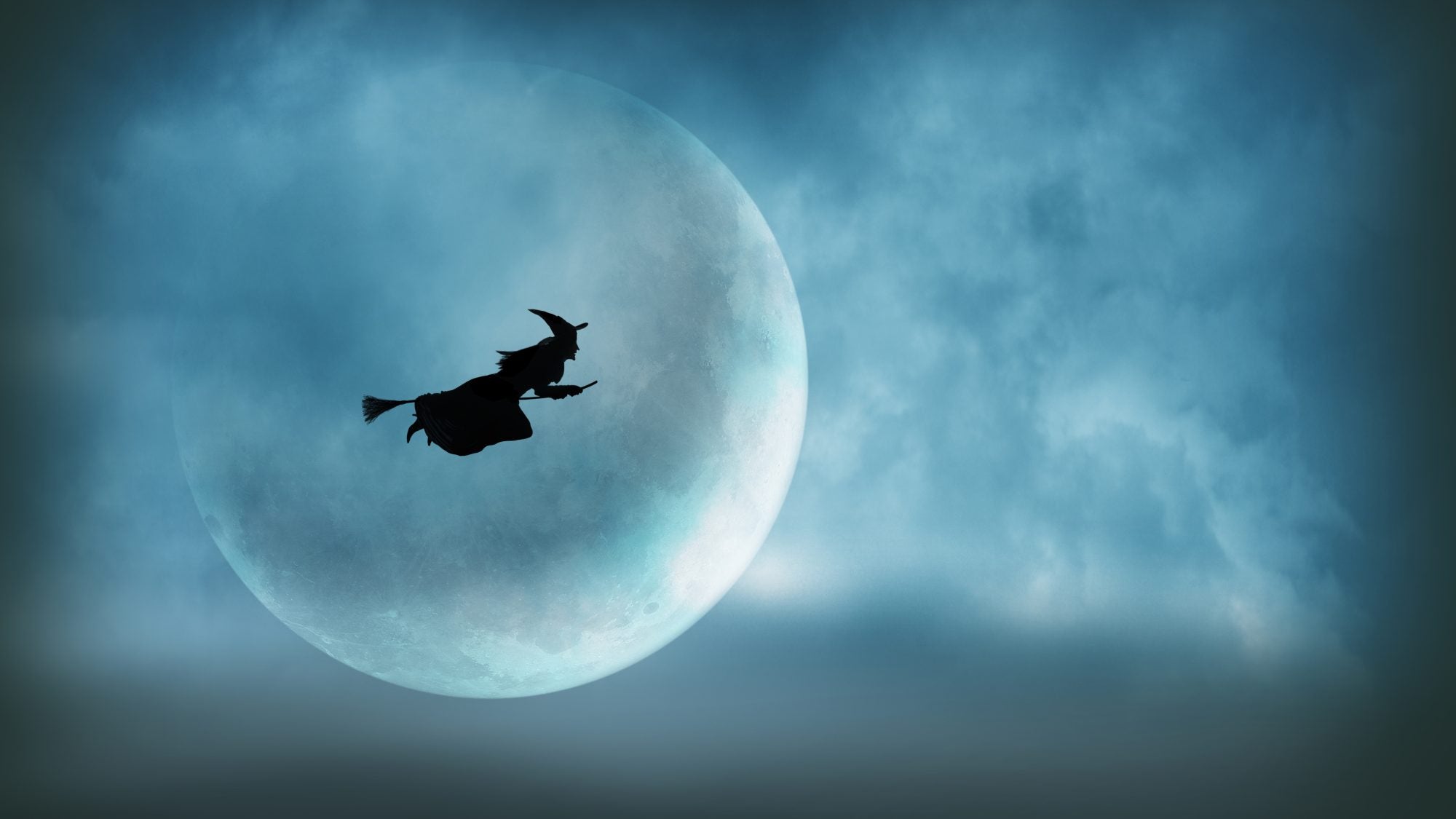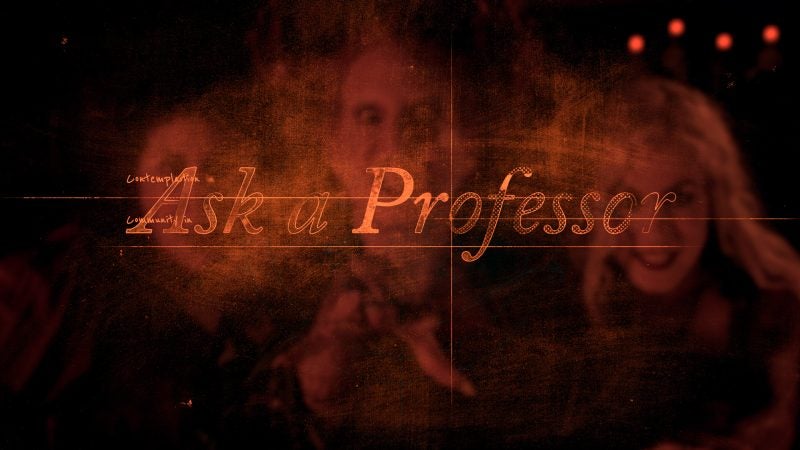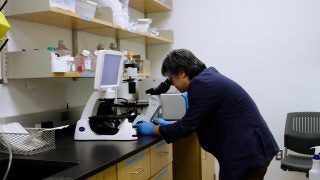Once deemed social outcasts worthy of burning at the stake, witches now find themselves portrayed in Halloween movie hits and costumes for the spooky holiday.
But for Amy Leonard, associate professor of history in the College of Arts & Sciences, witches are not just a font for fall fun — they’re a source for deep fascination and study.
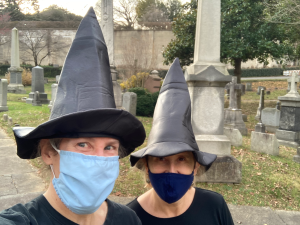
A historian of women and gender in the early modern period, Leonard examines the role and perceptions of witches — most commonly portrayed as women — throughout time. She’s found witchcraft history so fascinating that she now co-teaches a seminar of witches in history with Alison Games, Dorothy M. Brown Distinguished Professor of History.
“It’s been just tremendously fun, and it’s a way of getting into early modern history,” Leonard said. “It’s a way of getting into stories of religion, of politics, of popular culture, of gender, of all of these issues that are going on.”
This Halloween season, discover Leonard’s take on what pop culture gets right and wrong about witches, the history of witchcraft from Salem to Africa and how witches went from being outcasts to pop culture sensations.
Ask a Professor: Amy Leonard on Witches in History and Pop Culture
What got you interested in studying the history of witches?
I’m a woman and gender historian, and I’ve always taught the history of women, focusing from 1350 to 1750. That is the period of huge witch persecutions that happened mostly in 17th century Europe, but also in the rest of the world, such as in Salem. It was always something I was teaching in my classes, so I came at it from a feminist standpoint looking at why all these accused witches were mostly women.
Why are witches almost always portrayed as women?
Not all witches were women, but around 80 percent in Europe were, so it certainly is the stereotype, and the majority of them were old. Lots of them were widows, marginalized and didn’t have any kind of support. They were vulnerable, and so they were easy scapegoats. So it’s not that witches were women, it’s just that women were very vulnerable to being accused of being witches.
What defines a witch?
There’s a definite definition that comes into play by the 15th century in Europe. Their definition of a witch had two facets: One was any person who does magic. Even a person who thought they were doing good magic like healing was considered a witch. This was the definition that most average villagers or just your average Joe on the street would have for a witch.
The second part of the definition of a witch was someone who was a heretic and had forsworn Christianity. They had to be a Christian because they had to be an apostate to have given up on Christianity, so you’re not going to see Muslims or Jews accused of being witches. They may be accused of magic and other things, but not of witchcraft. However, we see that change in the Americas, where natives were seen as witches doing bad magic, whether they were converts or not.
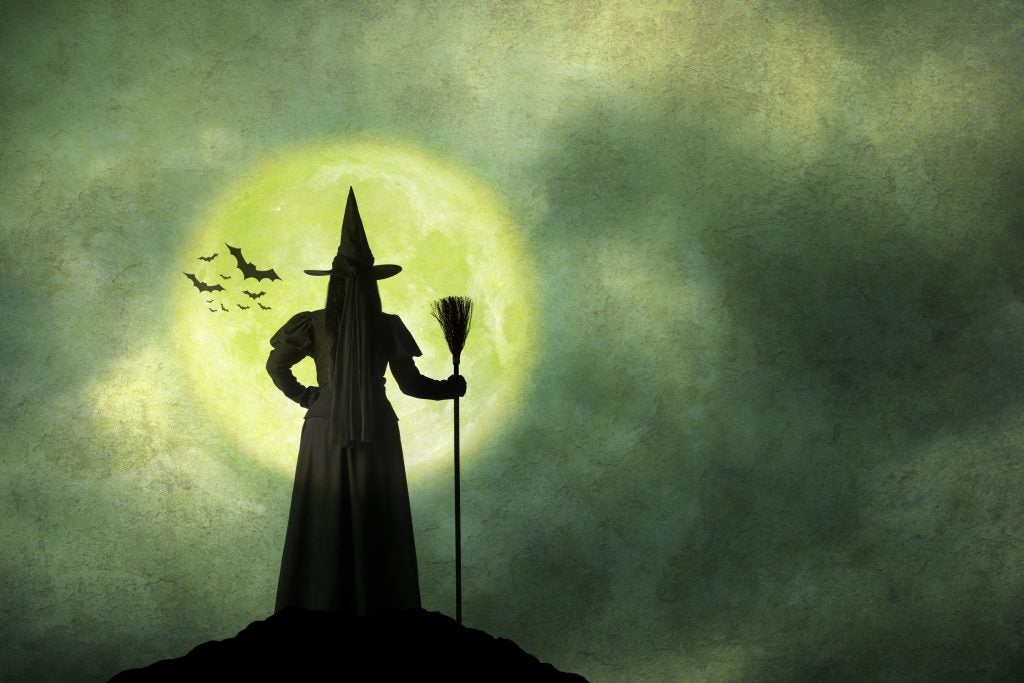
How did non-Western cultures historically view witchcraft?
Most of the time, being a witch is culturally constructed, and the other side does not understand what someone suspected of being a witch is doing.
If you look at some of the cases of enslaved Africans in the Caribbean or in Latin America in the colonial period, it’s often Europeans accusing them of being witches for practicing their own religion. So using totems or having necklaces that have charms in them to ward off evil spirits was considered witchcraft during this time.
In Africa, poison was one of the ways enslaved people fought back against their enslavers. Instead of being accused of murder, which was what the enslaved people were trying to do, they’re accused of being witches, because it’s seen as if they’re using “nefarious” potions to get back at their enslavers.
In North America, the Native Americans thought of the Europeans as being witches because they brought diseases. The Europeans thought the Native Americans were witches because they had shamans and spoke to the dead and used all these “weird” kinds of amulets and potions.
How did witches transform from being pariahs to objects of pop culture fascination?
If you think about The Wizard of Oz that came out in 1939 and later on Wicked, those are huge. Glinda the Good Witch is one of the most important portrayals of a witch because it might be one of the first depictions of a good witch. What Wicked did with the retelling of the Wicked Witch of the West is really brilliant. It makes you think about witches in a different way and makes them human.
The feminist movement also played a large role in popularizing witches. The idea that a witch was somebody who was mouthy, aggressive and talked back to men to stand up against the patriarchy — which was not necessarily true in the history of witches — cemented the idea that a feminist would’ve been a witch in the 17th century. Most women who were accused of being witches were not in any way what we consider strong feminist characters. But the feminist movement tried to repurpose what the witch was into something empowering.
The third thing that popularized witches is advertising. Companies started to brand products with witches, whether it’s a vacuum cleaner or selling cigarettes. They started to sell things like witch hazel, a type of plant, and natural herbal remedies branded with witches. Advertisers also made witches eye-catching and titillating, especially around Halloween, and this is something that Madison Avenue uses quite a lot starting in the 1950s.
Are people still accused of witchcraft today?
People, usually women, today are still accused of being witches throughout the world, including the United States, though more troubling cases in Papua New Guinea, India, Benin, Nigeria and elsewhere. Some cultures go after women doing spells that they see as being dangerous. It doesn’t have the same kind of heretic idea to it now, but it’s still usually the stereotypical marginal woman who is a scapegoat for something, though we also see women who accumulate too much money being accused, too.
What’s your favorite portrayal of a witch in entertainment?
My favorite witch is from the TV show, Willow from Buffy the Vampire Slayer. She’s strong, smart, a great friend and the true intellectual on the show. She is always called upon to do research (which speaks to my historian soul) but also uses that knowledge to learn spells and various forms of witchcraft. She’s not particularly true to the historical witch, but she’s a great example of the modern, empowered, feminist witch. I wish the witches of the early modern world had been able to live that life.
